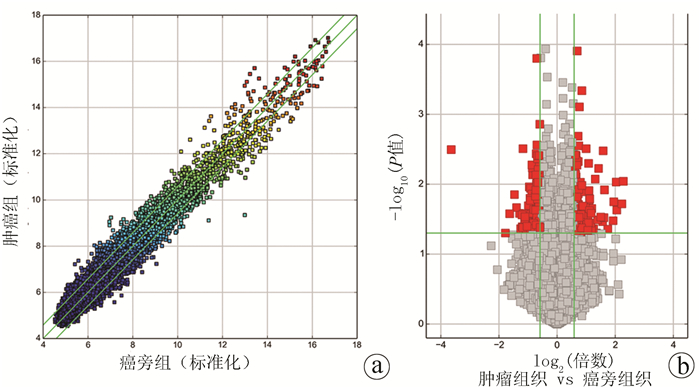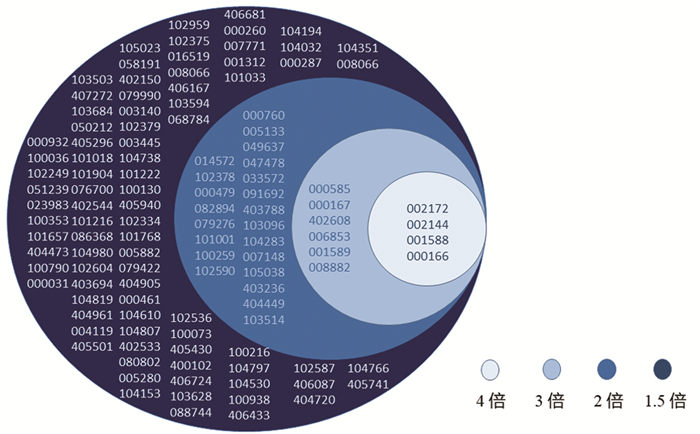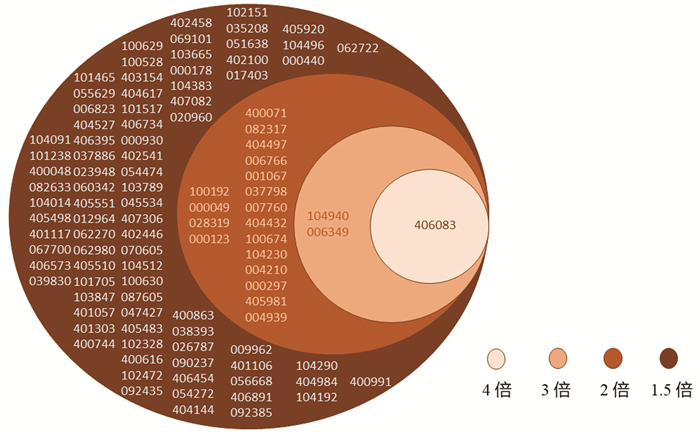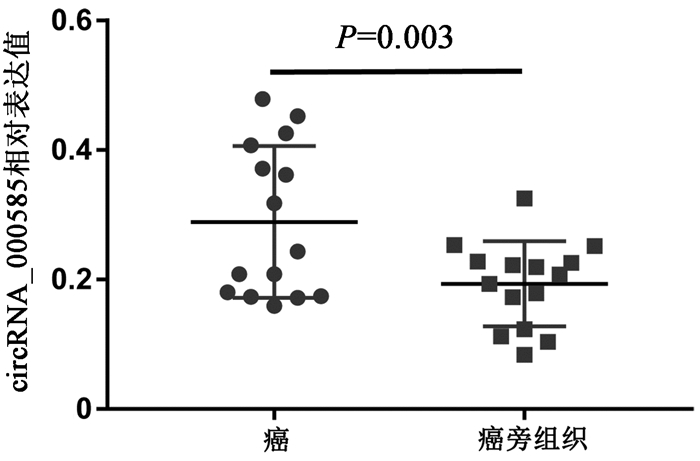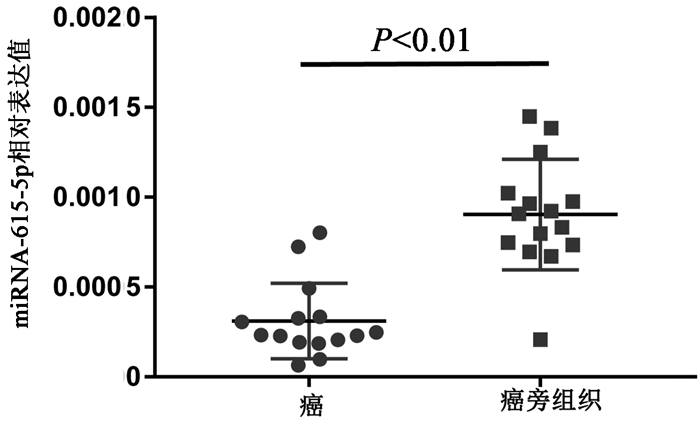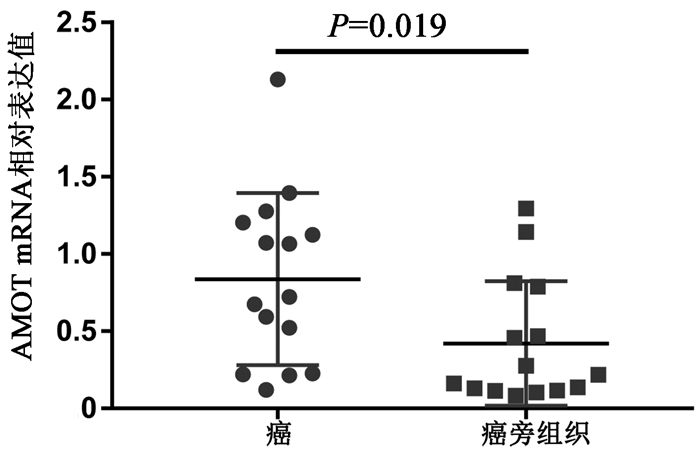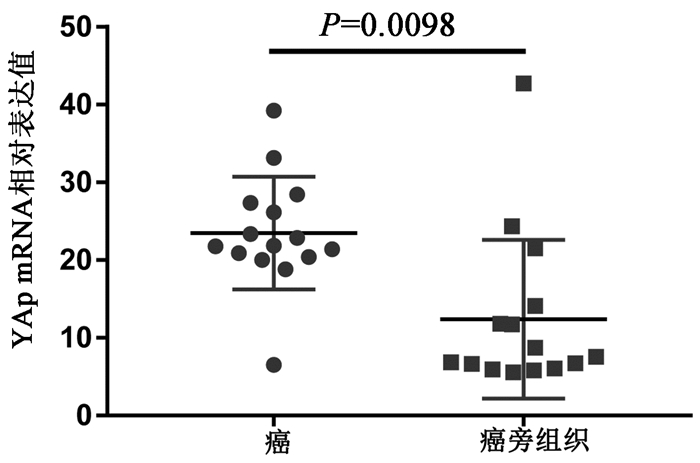| [1] |
RIZVI S, KHAN SA, HALLEMEIER CL, et al. Cholangiocarcinoma-evolving concepts and therapeutic strategies[J]. Nat Rev Clin Oncol, 2018, 15(2): 95-111. DOI: 10.1038/nrclinonc.2017.157. |
| [2] |
VALLE J, WASAN H, PALMER DH, et al. Cisplatin plus gemcitabine versus gemcitabine for biliary tract cancer[J]. N Engl J Med, 2010, 362(14): 1273-1281. DOI: 10.1056/NEJMoa0908721. |
| [3] |
LABIB PL, GOODCHILD G, PEREIRA SP. Molecular pathogenesis of cholangiocarcinoma[J]. BMC Cancer, 2019, 19(1): 185. DOI: 10.1186/s12885-019-5391-0. |
| [4] |
LI J, SUN D, PU W, et al. Circular RNAs in cancer: Biogenesis, function, and clinical significance[J]. Trends Cancer, 2020, 6(4): 319-336. DOI: 10.1016/j.trecan.2020.01.012. |
| [5] |
JIANG XM, LI ZL, LI JL, et al. A novel prognostic biomarker for cholangiocarcinoma: circRNA Cdr1as[J]. Eur Rev Med Pharmacol Sci, 2018, 22(2): 365-371. DOI: 10.26355/eurrev_201801_14182. |
| [6] |
LU Q, FANG T. Circular RNA SMARCA5 correlates with favorable clinical tumor features and prognosis, and increases chemotherapy sensitivity in intrahepatic cholangiocarcinoma[J]. J Clin Lab Anal, 2020, 34(4): e23138. DOI: 10.1002/jcla.23138. |
| [7] |
LI D, TANG Z, GAO Z, et al. Circular RNA CDR1as exerts oncogenic properties partially through regulating MicroRNA 641 in cholangiocarcinoma[J]. Mol Cell Biol, 2020, 40(15). DOI: 10.1128/MCB.00042-20. |
| [8] |
LOUIS C, DESOTEUX M, COULOUARN C. Exosomal circRNAs: New players in the field of cholangiocarcinoma[J]. Clin Sci (Lond), 2019, 133(21): 2239-2244. DOI: 10.1042/CS20190940. |
| [9] |
MOIRANGTHEM A, WANG X, YAN IK, et al. Network analyses- based identification of circular ribonucleic acid-related pathways in intrahepatic cholangiocarcinoma[J]. Tumour Biol, 2018, 40(9): 1010428318795761. DOI: 10.1177/1010428318795761. |
| [10] |
WANG S, HU Y, LV X, et al. Circ-0000284 arouses malignant phenotype of cholangiocarcinoma cells and regulates the biological functions of peripheral cells through cellular communication[J]. Clin Sci (Lond), 2019, 133(18): 1935-1953. DOI: 10.1042/CS20190589. |
| [11] |
XU Y, YAO Y, ZHONG X, et al. Downregulated circular RNA hsa_circ_0001649 regulates proliferation, migration and invasion in cholangiocarcinoma cells[J]. Biochem Biophys Res Commun, 2018, 496(2): 455-461. DOI: 10.1016/j.bbrc.2018.01.077. |
| [12] |
XU Y, YAO Y, LIU Y, et al. Elevation of circular RNA circ_0005230 facilitates cell growth and metastasis via sponging miR-1238 and miR-1299 in cholangiocarcinoma[J]. Aging (Albany NY), 2019, 11(7): 1907-1917. DOI: 10.18632/aging.101872. |
| [13] |
GUO S, XU X, OUYANG Y, et al. Microarray expression profile analysis of circular RNAs in pancreatic cancer[J]. Mol Med Rep, 2018, 17(6): 7661-7671. DOI: 10.3892/mmr.2018.8827. |
| [14] |
MUMTAZ PT, TABAN Q, DAR MA, et al. Deep insights in circular RNAs: From biogenesis to therapeutics[J]. Biol Proced Online, 2020, 22: 10. DOI: 10.1186/s12575-020-00122-8. |
| [15] |
SONG H, LIU Q, LIAO Q. Circular RNA and tumor microenvironment[J]. Cancer Cell Int, 2020, 20: 211. DOI: 10.1186/s12935-020-01301-z. |
| [16] |
LIANG ZZ, GUO C, ZOU MM, et al. circRNA-miRNA-mRNA regulatory network in human lung cancer: An update[J]. Cancer Cell Int, 2020, 20: 173. DOI: 10.1186/s12935-020-01245-4. |
| [17] |
GODÍNEZ-RUBÍ M, ORTUÑO-SAHAGÚN D. miR-615 fine-tunes growth and development and has a role in cancer and in neural repair[J]. Cells, 2020, 9(7): 1566. DOI: 10.3390/cells9071566. |
| [18] |
HUANG T, ZHOU Y, ZHANG J, et al. The physiological role of Motin family and its dysregulation in tumorigenesis[J]. J Transl Med, 2018, 16(1): 98. DOI: 10.1186/s12967-018-1466-y. |
| [19] |
HONG W. Angiomotin'g YAP into the nucleus for cell proliferation and cancer development[J]. Sci Signal, 2013, 6(291): pe27. DOI: 10.1126/scisignal.2004573. |
| [20] |
LV M, SHEN Y, YANG J, et al. Angiomotin family members: Oncogenes or tumor suppressors?[J]. Int J Biol Sci, 2017, 13(6): 772-781. DOI: 10.7150/ijbs.19603. |
| [21] |
POCATERRA A, ROMANI P, DUPONT S. YAP/TAZ functions and their regulation at a glance[J]. J Cell Sci, 2020, 133(2): jcs230425. DOI: 10.1242/jcs.230425. |
| [22] |
|
| [23] |
SHAO DD, XUE W, KRALL EB, et al. KRAS and YAP1 converge to regulate EMT and tumor survival[J]. Cell, 2014, 158(1): 171-184. DOI: 10.1016/j.cell.2014.06.004. |
| [24] |
YAMAGUCHI H, TAOUK GM. A potential role of YAP/TAZ in the interplay between metastasis and metabolic alterations[J]. Front Oncol, 2020, 10: 928. DOI: 10.3389/fonc.2020.00928. |
| [25] |
MARTI P, STEIN C, BLUMER T, et al. YAP promotes proliferation, chemoresistance, and angiogenesis in human cholangiocarcinoma through TEAD transcription factors[J]. Hepatology, 2015, 62(5): 1497-1510. DOI: 10.1002/hep.27992. |
| [26] |
PARK J, KIM JS, NAHM JH, et al. WWC1 and NF2 prevent the development of intrahepatic cholangiocarcinoma by regulating YAP/TAZ activity through LATS in mice[J]. Mol Cells, 2020, 43(5): 491-499. DOI: 10.14348/molcells.2020.0093. |



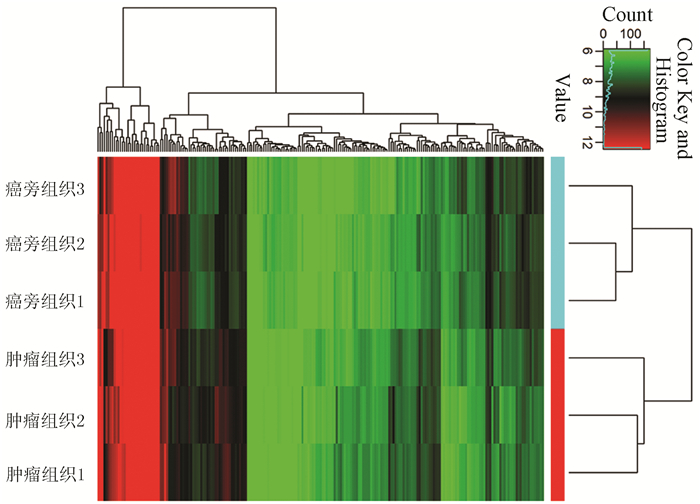




 DownLoad:
DownLoad:
